Now that your food packaging design is complete, it’s time to look at the practicalities and the production side of your food packaging design. This can feel like a daunting step of the design process, but it’s easy when you know how!
1. The basics
The reality of food packaging design is that you’re dealing with a product that ultimately has an expiry date. You need to factor in what you need to do to protect the contents of the packaging by air sealing the food.
The best way to protect the food from becoming damaged and expiring is to consider primary, secondary and tertiary packaging, in other words, outer packaging, inner packaging and product packaging. Depending on the type of food product, you may need one or all three of these.
The outer packaging is the first thing a consumer will see so it’s important to use this opportunity to get across how you want to market your brand. It’s essentially what protects your product from the outside world, whether it’s on the shelf of a shop or the shopping box.
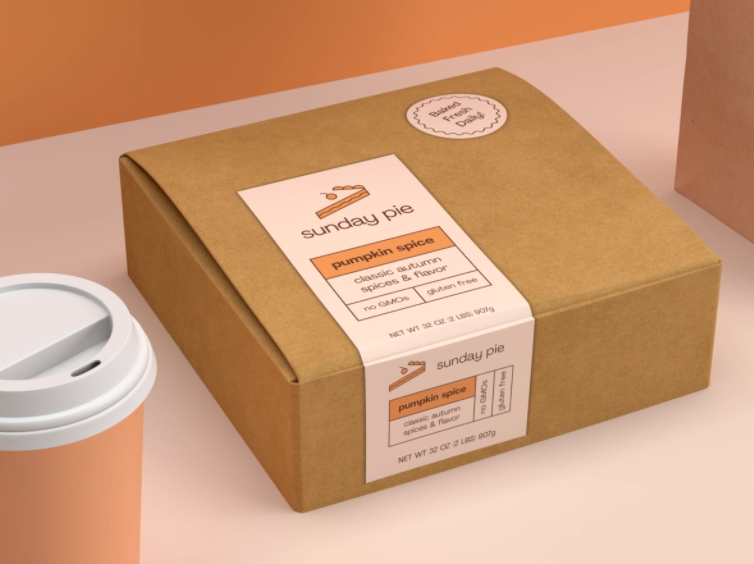
Sleek outer packaging by Yahya Khan via Dribbble
Inner packaging is what keeps your product safe from getting knocked around and damaged. This could be dissolvable packing peanuts, an airtight sealed bag to keep the product fresh or the inner foil of a chocolate bar.
When deciding on inner packaging in particular, ensure that the materials you use aren’t going to react with the food they’re containing. Will it protect the food from light, humidity and temperature?

Dissolvable packing peanuts via Etsy
Product packaging is probably the first thing that comes to mind when you think of food packaging. Although all 3 elements of packaging touchpoints are important to mark with your brand, product packaging is arguably the most important as this is what will stick in the consumer’s mind, and will be at the forefront of your marketing.
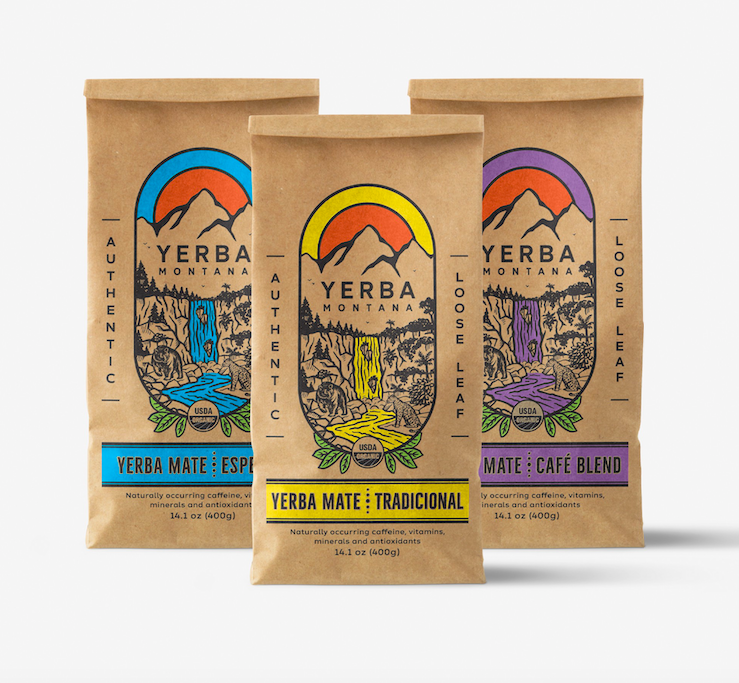
Beautiful product packaging by Mila Katagarova
2. Eco-friendly materials
Climate change is pushing more audiences and regulations towards production methods that are gentler on the environment. So now more than ever, it’s really important to opt for sustainable packaging materials over plastic, and it’s also really important to not ‘eco-wash’ by claiming your product is eco-friendly when it isn’t.
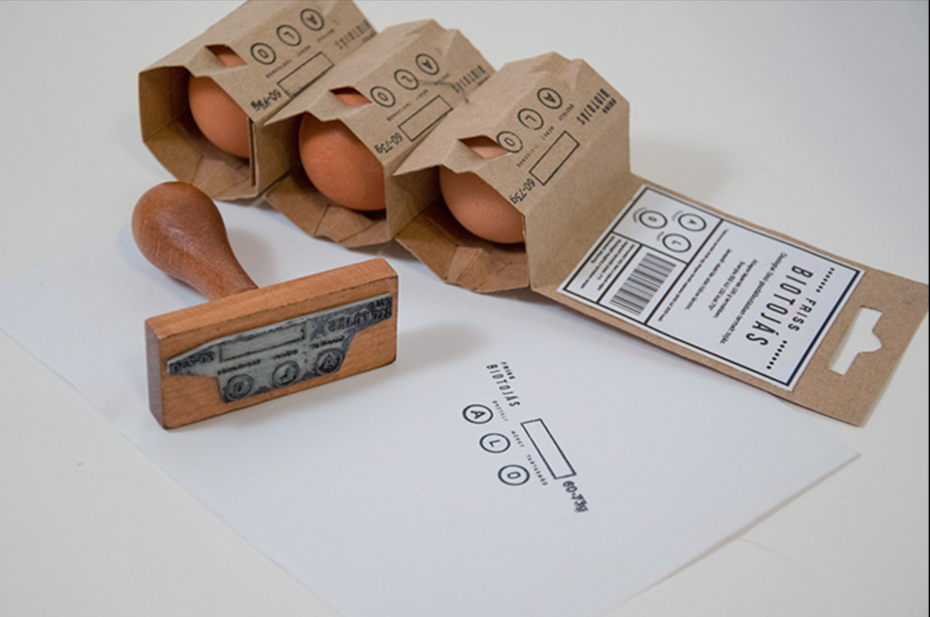
Sustainable hanging egg holder. Packaging design by Fibra and colleagues, via Behance
There are so many exciting innovations happening across sustainable packaging, so find a designer who gets it and is leading that field. An obvious solution is to use recycled paper or pulp as the materials for your design. Often, it doesn’t appear as polished or sterile as fresh paper or materials. You can use this aesthetic as part of your wider brand identity to enforce the idea that you’re a humanistic brand that values authenticity—imperfections and all. It adds to a quirky personality and creates distance between your brand and the idea of a faceless corporation.
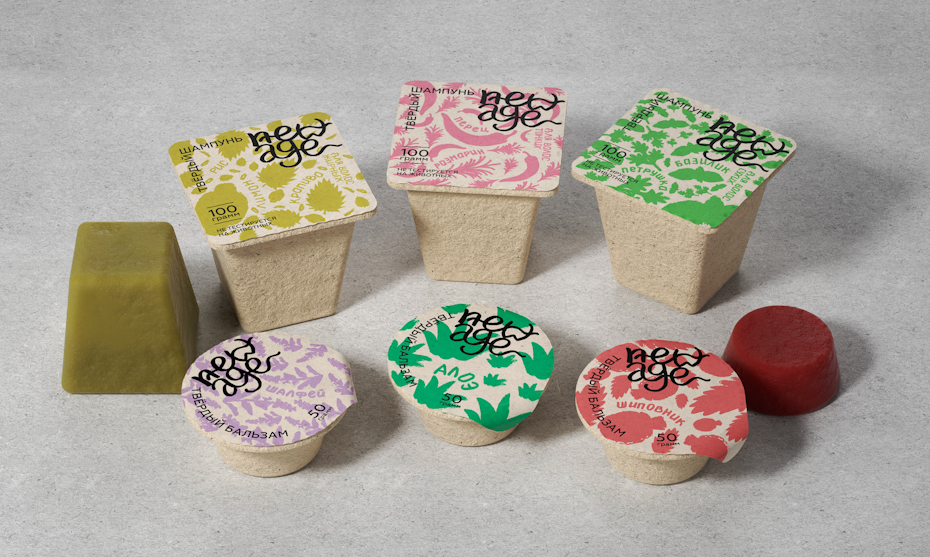
by Pavelu Gubin and Jane Dorfman via Behance
Alternatively, you could go for a zero-waste approach, reusing the offshoots of your products to mold the packaging. Take the packaging pictured below. The brand has collected otherwise unwanted potato peelings as a leftover from their product (fries) and reused them to create the cone packaging. It’s innovative, simple and memorable.
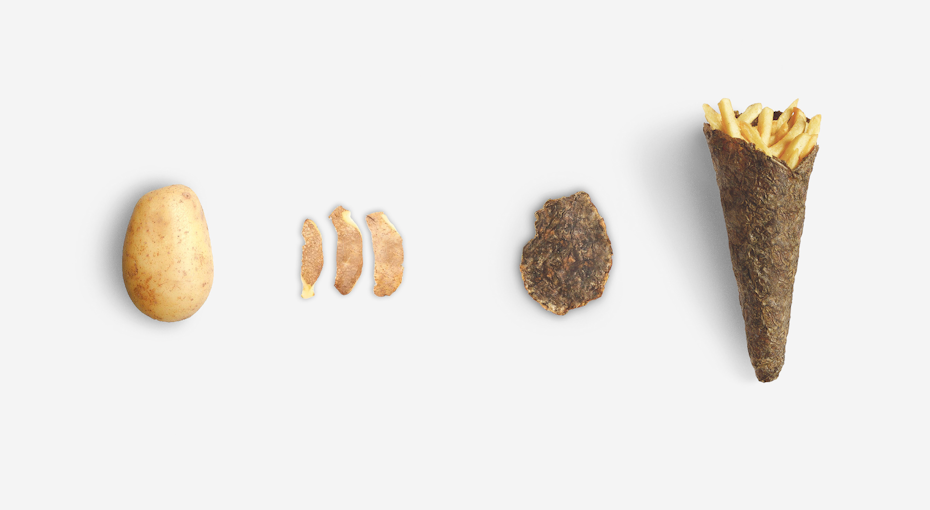
Potato peel packaging, by 3L Design and colleagues, via Behance
Luckily today, there are many forms of innovative sustainable food packaging options. Arekapak’s 100% natural and biodegradable packaging made from sun-dried areca palm leaves, reusable and recyclable alternative material to plastic films Paptic has a highly printable surface perfect for your branding and TIPA innovatively uses materials that biodegrade at the same time as the organic produce.
3. Printing and manufacturing
Once you decide if you are producing a small or large scale production, you’ll need to work closely with the manufacturer that you choose to determine what kind of file formats, materials and time scales you’ll be working with. For example, your digital file will most likely need to be in a dieline format and correctly CMYK color-coded, but each manufacturer will have its own specific requirements.
You might decide to choose a local supplier for your food packaging needs.
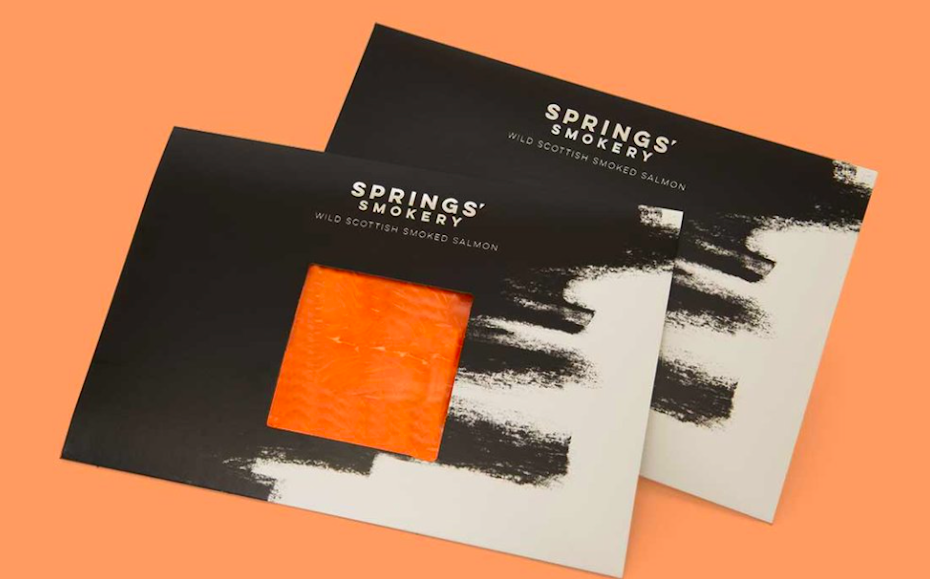
Shipping prices and customs will no doubt factor into these decisions, so make sure to check in beforehand about what these would entail for your brand and product. If you are promising an eco-friendly packaging option to your consumer, be sure to build that customer trust with your authenticity—do your research and find the most appropriate supplier for you.
The legal stuff
Designing food packaging means that there will be legalities you have to tick off before you launch the product. It’s important to check with your national governing bodies to understand what has to be done before you send your packaging off to print. Each country will have its own food standards agency that will provide you with legal requirements for providing food information to consumers.
Often this will include making sure that you include the name of the food, list of ingredients, allergen information, net quantity, storage conditions and sell-by-date, to name a few.

Food packaging needs to protect, attract and deliver. Whether you’re offering gourmet chocolate boxes, fresh produce via subscription or a golden oldie can of beans, make sure you create a unique design that’ll find its way straight to your target audience’s heart—through their stomachs.

